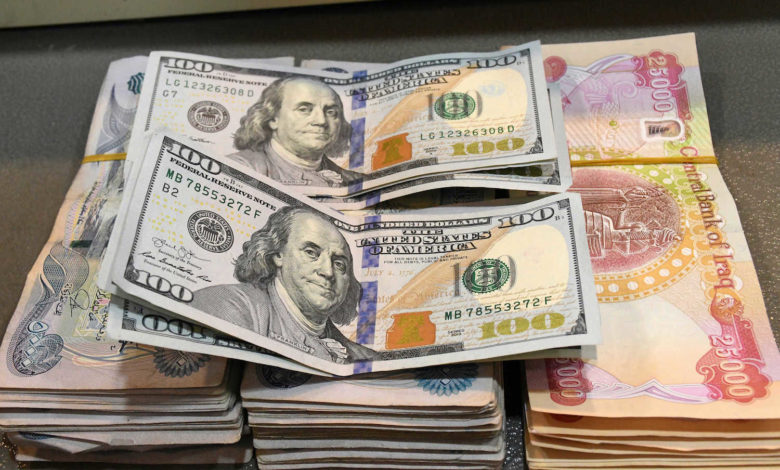A Perusal of The Iraqi Dinar Exchange Rate Against the Dollar

Dr. Salah Hizam
Oil export revenues that come in dollars are owned by the Iraqi ministry of finance, but it cannot use it in transactions inside Iraq, so it sells it to the central bank, which pays for it in Iraqi dinars to the ministry of finance.
The central bank maintains that money (Dollars) until it receives requests for dollars to finance the country’s foreign transactions, which cannot be done in Iraqi dinars.
These requests currently come through the currency auction that banks apply to finance commercial deals for the private sector or to finance individuals’ requests for dollars.
The central bank also pays in dollars to fund purchases of government institutions from abroad.
Thus, the central bank recovers a portion of the Iraqi dinars that it previously paid to the ministry of finance in exchange for oil dollars.
Thus, the CBI accumulates dinars in order to pay them again to the ministry of finance in exchange for the flow of dollars with the flow of oil exports. Whenever the demand for dollars is less than the revenues from oil exports, a surplus of dollars will be achieved at the central bank, and the country’s reserves of hard currencies will therefore rise.
(The term dollar is used to denote hard currencies for simplification, which may be in euros or pounds sterling).
Now, what about the exchange rate of the Iraqi dinar against the dollar? Where does it lay in the operations mentioned above?
Since the central bank pays the value of dollars in Iraqi dinars to the ministry of finance, the calculation of that value is carried out according to the officially approved exchange rate.
This means that the revenues of the ministry of finance from selling dollars to the central bank rise when the value of the Iraqi dinar is devalued, as happened about two years ago when the dollar became equal to about 1460 Iraqi dinars instead of 1190.
The government took this measure to increase its resources in dinars to counter the deterioration of oil prices and to make an implicit reduction in government salaries and wages by approximately 22%.


